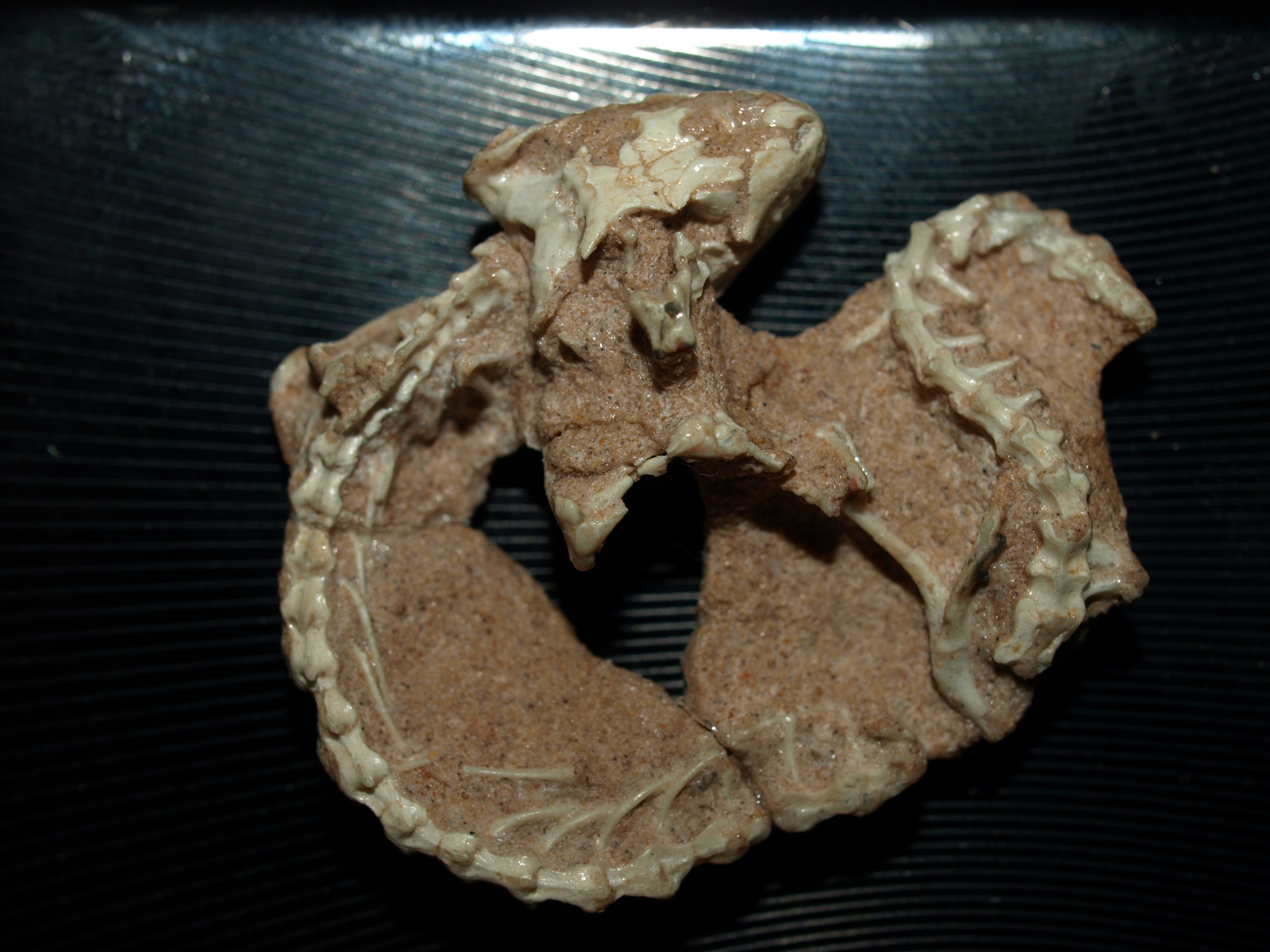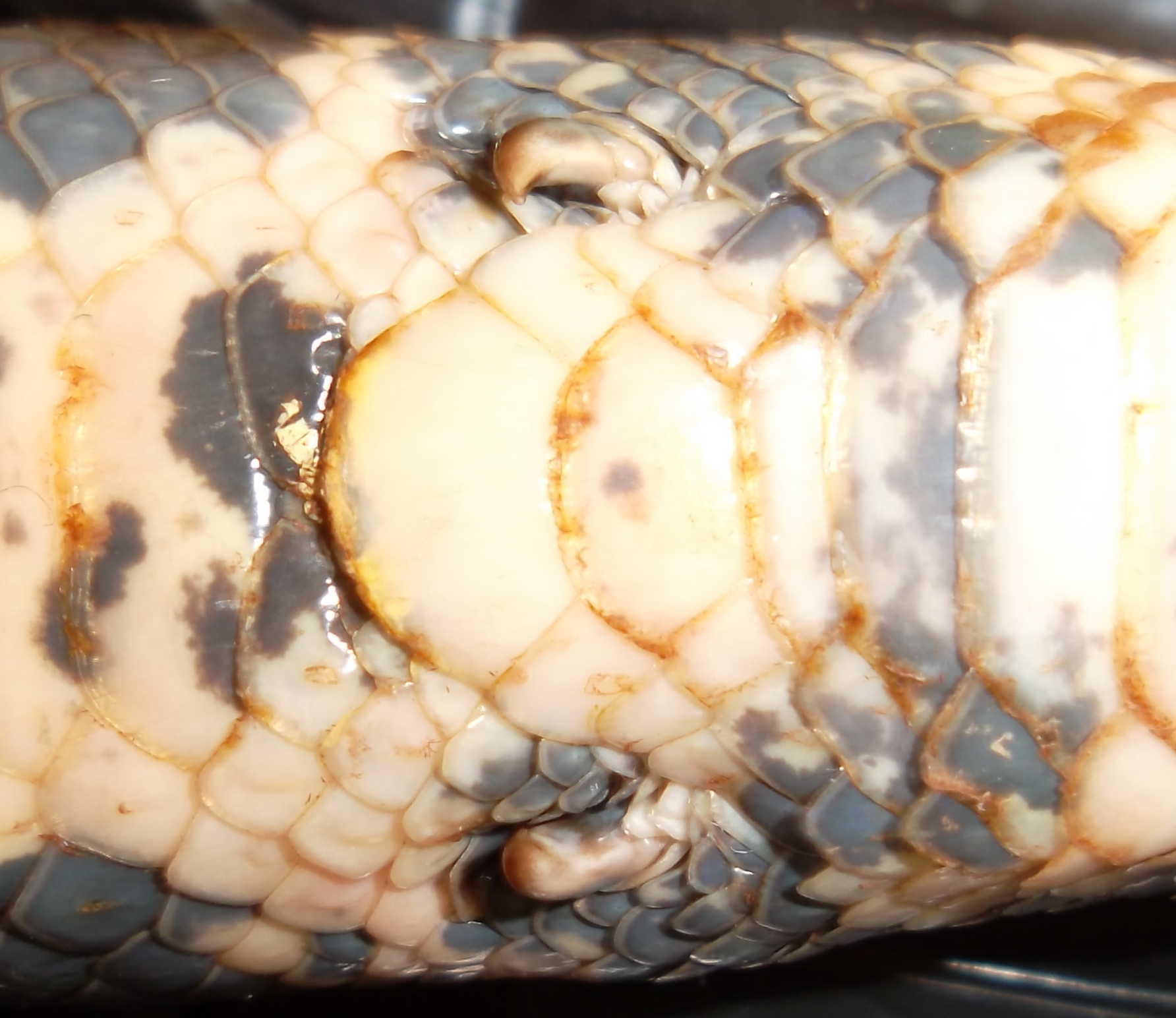|
Supraocular
In scaled reptiles, supraocular scales are (enlarged) scales on the crown immediately above the eye.Mallow D, Ludwig D, Nilson G. 2003. True Vipers: Natural History and Toxinology of Old World Vipers. Malabar, Florida: Krieger Publishing Company. 359 pp. . The size and shape of these scales are among the many characteristics used to differentiate species from each another. In many species of boids and viperids, the supraoculars are heavily fragmented. In others, such as the colubrids and elapids, they are enlarged. See also * Ocular scales * Snake scales * Anatomical terms of location Standard anatomical terms of location are used to describe unambiguously the anatomy of humans and other animals. The terms, typically derived from Latin or Greek roots, describe something in its standard anatomical position. This position pr ... References {{Reflist Snake scales ... [...More Info...] [...Related Items...] OR: [Wikipedia] [Google] [Baidu] |
Snake Scales
Snakes, like other reptiles, have skin covered in scales.Boulenger, George A. 1890 The Fauna of British India. p. 1 Snakes are entirely covered with scales or scutes of various shapes and sizes, known as snakeskin as a whole. A scale protects the body of the snake, aids it in locomotion, allows moisture to be retained within, alters the surface characteristics such as roughness to aid in camouflage, and in some cases even aids in prey capture (such as '' Acrochordus''). The simple or complex colouration patterns (which help in camouflage and anti-predator display) are a property of the underlying skin, but the folded nature of scaled skin allows bright skin to be concealed between scales then revealed in order to startle predators. Scales have been modified over time to serve other functions such as " eyelash" fringes, and protective covers for the eyes [...More Info...] [...Related Items...] OR: [Wikipedia] [Google] [Baidu] |
Ocular Scales
In scaled reptiles, the ocular scales are those forming the margin of the eye.Wright AH, Wright AA. 1957. ''Handbook of Snakes''. Comstock Publishing Associates (7th printing, 1985). 1105 pp. . The name originates from the term which is Latin for 'eye' and, in the broadest sense, refers to a scale associated with the eye. The numbers of these scales present, and sometimes the shapes and sizes, are some of many characteristics used to differentiate species from one another. Prefixes are usually included to indicate the positions or locations of the individual scales:Mallow D, Ludwig D, Nilson G. 2003. ''True Vipers: Natural History and Toxinology of Old World Vipers''. Malabar, Florida: Krieger Publishing Company. 359 pp. .Smith MA. 1943. ''The Fauna of British India, Ceylon and Burma including the whole of the Indo-Chinese Sub-region, Reptilia and Amphibia Vol III-Serpentes''. Taylor and Francis, London. page 29. * Preocular scales, or preoculars, are those lying directly in fro ... [...More Info...] [...Related Items...] OR: [Wikipedia] [Google] [Baidu] |
Squamata
Squamata (, Latin ''squamatus'', 'scaly, having scales') is the largest Order (biology), order of reptiles; most members of which are commonly known as Lizard, lizards, with the group also including Snake, snakes. With over 11,991 species, it is also the second-largest order of Neontology, extant (living) vertebrates, after the Perciformes, perciform fish. Squamates are distinguished by their skins, which bear horny scale (zoology), scales or shields, and must periodically engage in molting. They also possess movable quadrate bones, making possible movement of the Maxilla, upper jaw relative to the neurocranium. This is particularly visible in snakes, which are able to open their mouths very widely to accommodate comparatively large prey. Squamates are the most variably sized living reptiles, ranging from the Sphaerodactylus ariasae, dwarf gecko (''Sphaerodactylus ariasae'') to the reticulated python (''Malayopython reticulatus''). The now-Extinction, extinct mosasaurs reached ... [...More Info...] [...Related Items...] OR: [Wikipedia] [Google] [Baidu] |
Boidae
The Boidae, commonly known as boas or boids, are a family of nonvenomous snakes primarily found in the Americas, as well as Africa, Europe, Asia, and some Pacific islands. Boas include some of the world's largest snakes, with the green anaconda of South America being the heaviest and second-longest snake known; in general, adults are medium to large in size, with females usually larger than the males. Six subfamilies comprising 14-15 genera and 54-67 species are currently recognized. Description Like the pythons, boas have elongated supratemporal bones. The quadrate bones are also elongated, but not as much, while both are capable of moving freely so when they swing sideways to their maximum extent, the distance between the hinges of the lower jaw is greatly increased.Parker, H.W.; Grandison, A.G.C. 1977. ''Snakes – A Natural History''. Second Edition. British Museum (Natural History) and Cornell University Press. 108 pp. 16 plates. LCCCN 76-54625. (cloth), (paper). Bo ... [...More Info...] [...Related Items...] OR: [Wikipedia] [Google] [Baidu] |
Viperids
Vipers are snakes in the family Viperidae, found in most parts of the world, except for Antarctica, Australia, Hawaii, Madagascar, New Zealand, Ireland, and various other isolated islands. They are venomous snake, venomous and have long (relative to non-vipers), hinged fangs that permit deep envenomation of their prey. Three subfamilies are currently recognized. They are also known as viperids. The name "viper" is derived from the Latin word ''vipera'', -''ae'', also meaning viper, possibly from ''vivus'' ("living") and ''parere'' ("to beget"), referring to the trait viviparity (giving live birth) common in vipers like most of the species of Boidae. The earliest known vipers are believed to have diverged from the rest of the clade Caenophidia in the early Eocene. Description All viperids have a pair of relatively long Solenoglypha#Solenoglyph, solenoglyphous (hollow) fangs that are used to inject venom from glands located towards the rear of the upper jaws, just behind the ey ... [...More Info...] [...Related Items...] OR: [Wikipedia] [Google] [Baidu] |
Elapids
Elapidae (, commonly known as elapids , from , variant of "sea-fish") is a family of snakes characterized by their permanently erect fangs at the front of the mouth. Most elapids are venomous, with the exception of the genus '' Emydocephalus''. Many members of this family exhibit a threat display of rearing upwards while spreading out a neck flap. Elapids are endemic to tropical and subtropical regions around the world, with terrestrial forms in Asia, Australia, Africa, and the Americas and marine forms in the Pacific and Indian Oceans. Members of the family have a wide range of sizes, from the white-lipped snake to the king cobra. Most species have neurotoxic venom that is channeled by their hollow fangs, and some may contain other toxic components in varying proportions. The family includes 55 genera with around 360 species and over 170 subspecies. Description Terrestrial elapids look similar to the Colubridae; almost all have long, slender bodies with smooth scales, a h ... [...More Info...] [...Related Items...] OR: [Wikipedia] [Google] [Baidu] |
Anatomical Terms Of Location
Standard anatomical terms of location are used to describe unambiguously the anatomy of humans and other animals. The terms, typically derived from Latin or Greek roots, describe something in its standard anatomical position. This position provides a definition of what is at the front ("anterior"), behind ("posterior") and so on. As part of defining and describing terms, the body is described through the use of anatomical planes and axes. The meaning of terms that are used can change depending on whether a vertebrate is a biped or a quadruped, due to the difference in the neuraxis, or if an invertebrate is a non-bilaterian. A non-bilaterian has no anterior or posterior surface for example but can still have a descriptor used such as proximal or distal in relation to a body part that is nearest to, or furthest from its middle. International organisations have determined vocabularies that are often used as standards for subdisciplines of anatomy. For example, '' Termi ... [...More Info...] [...Related Items...] OR: [Wikipedia] [Google] [Baidu] |




